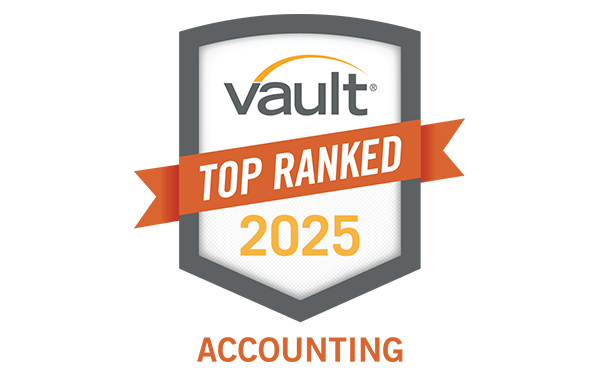A policy and procedure manual is a key business tool for any organization that is very useful if correctly devised and implemented. There are many reasons for having a policy and procedure manual, including; internal controls, regulatory compliance, employee training, and consistency, to name a few.
For example, have you ever had an employee take an emergency leave of absence and then realize he/she is the only person who knows how to perform specific job tasks? Although you may have
alternate staff to cover the absence, they may not know how to perform the job tasks, or equally as important, may not know what tasks are needed or the timing thereof. In addition to saving time figuring out processes, a documented procedure manual reduces mistakes and improves employee efficiency.
Policies and procedures are needed for a variety of purposes including but not limited to the following: compliance with regulations, internal controls, operating requirements, risk management, and ongoing efficiencies. Many organizations undergo an annual audit and must provide the auditors with documented internal controls and related policies. If the policies are not well documented, the auditors could potentially report an internal control weaknesses and note them in their audit report. In addition, various agencies require employers to develop
and follow policies related to employee benefits, time reporting, etc.
Policy and procedure manuals can take on a variety of formats from a general overview of organizational policies to detailed processes/procedures. If a formal manual is not in place, the best way to start is with a general overview and then proceed to documenting the specific
details in each area – such as payroll, disbursements, receipts, monthly close process, etc. Another good tool to incorporate in the policy and procedure manual is a calendar of due dates. For example, document payroll cycles, pay dates, annual open enrollment for benefits, etc. A calendar outlining weekly, monthly, and annual tasks and projects can be very helpful. In addition to aiding in the overall organizational structure of the entity, a calendar also prevents employees from overlooking or missing an important deadline.
Formalizing policies and procedures may seem like a large undertaking, but it is well worth the effort. Keep in mind that these policies are not set in stone, but rather are dynamic and must be updated from time to time as changes are needed.
By: Michelle Hall, CPA | Manager




